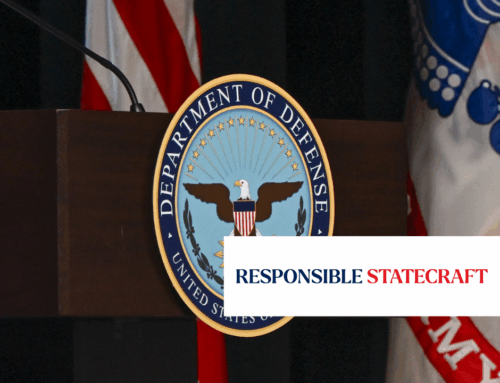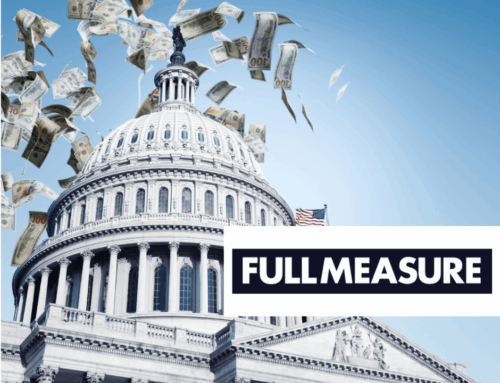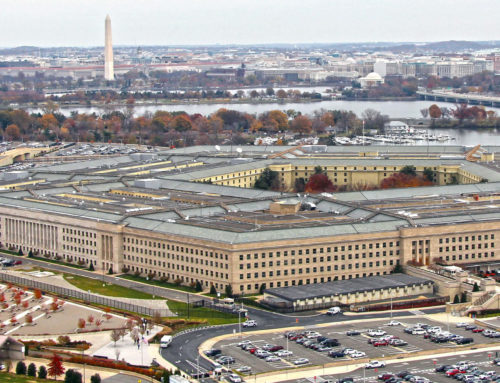The Department of Homeland Security blames its doubled cost estimates for the border fence on pricey fuel, labor and materials. But it’s the way the agency approached this massive undertaking from day one that set the stage for yet another over-budget, behind-schedule megaproject, TCS argues in a posting for The Hill's Congress Blog. The article is reprinted below.
Though we hate to say “I told you so,” we saw this one coming. DHS blames the bigger price tag on increased fuel, labor and materials costs. However, the way the agency approached this massive undertaking set the stage for yet another national security megacontract that’s way over budget and behind schedule.
Exhibit A is SBI-net, the latest attempt to guard the border with a computer-driven network of cameras, sensors and unmanned aerial vehicles. Boeing was given a three-year contract in December 2006 that put it in charge of every aspect of development, including oversight of several subcontractors. But deadlines for each phase of the project have slipped, technolgies are on the fritz, and DHS announced at a hearing before the House Homeland Security Committee Wednesday that it would move some $400 million from accounts including SBI-net to fund pedestrian and vehicle fencing.
The costs of those fences are also climbing, not surprising when one looks at their history of escalating costs. The San Diego border fence ended up costing $10 million per mile—ten times the original estimate, and contracts recently submitted for fence construction in Texas averaged between $10 and $15 million per mile. The average cost of vehicle barriers is up to $2.8 million per mile from the $2 million February estimate, according to the GAO. And those estimates don’t even touch the costs of maintaining the fence over the course of its life, which could run from $300 to $1.7 billion per mile.
Congress must take some of the blame for shoving an unrealistic deadline down the agency’s throat. Under the Secure Fence Act, DHS is required to construct 370 miles of pedestrian fencing and 300 miles of vehicle barriers by the end of this year, roughly half of which is complete. But DHS’ slowness to produce cost estimates didn’t help anyone set priorities. In fact, Congress has withheld fence funding in the past in an attempt to produce dollar figures.
No matter what your opinion on how best to secure our borders, few would argue for such a confused approach.










